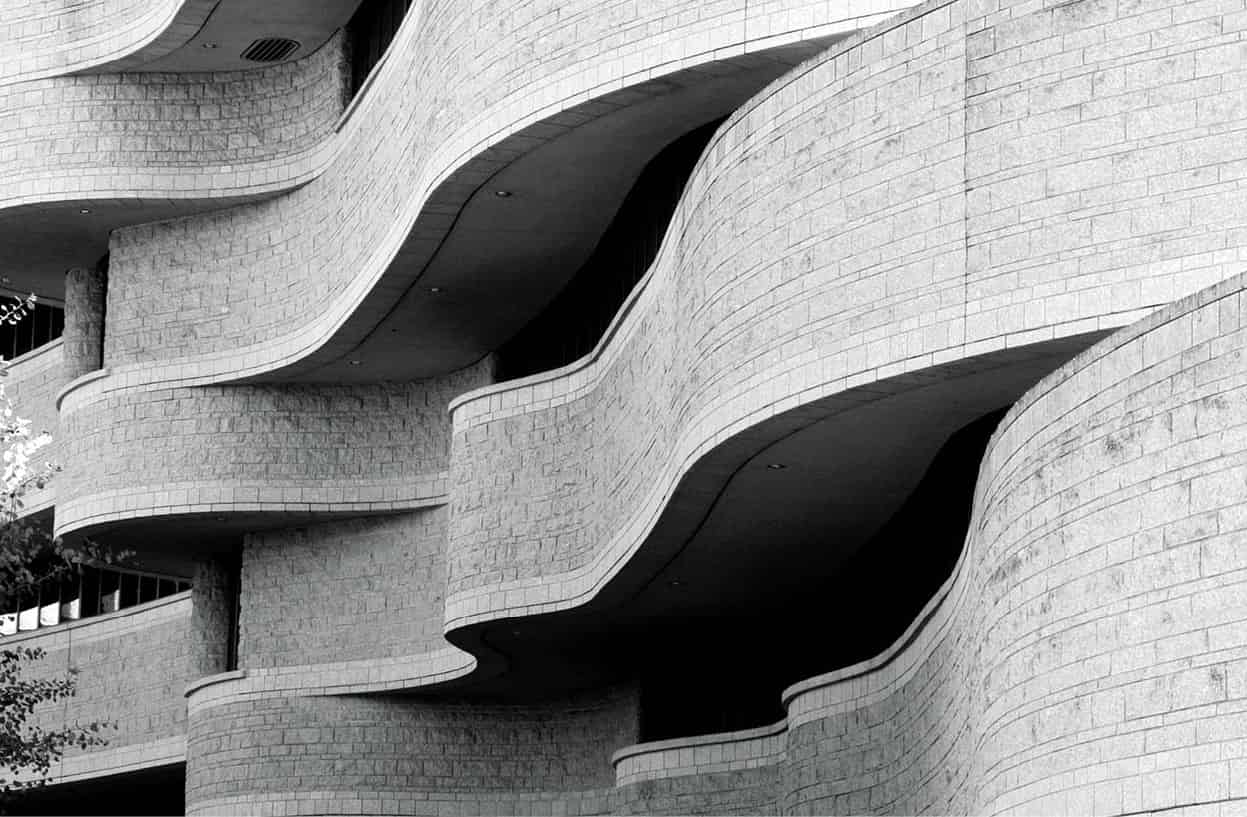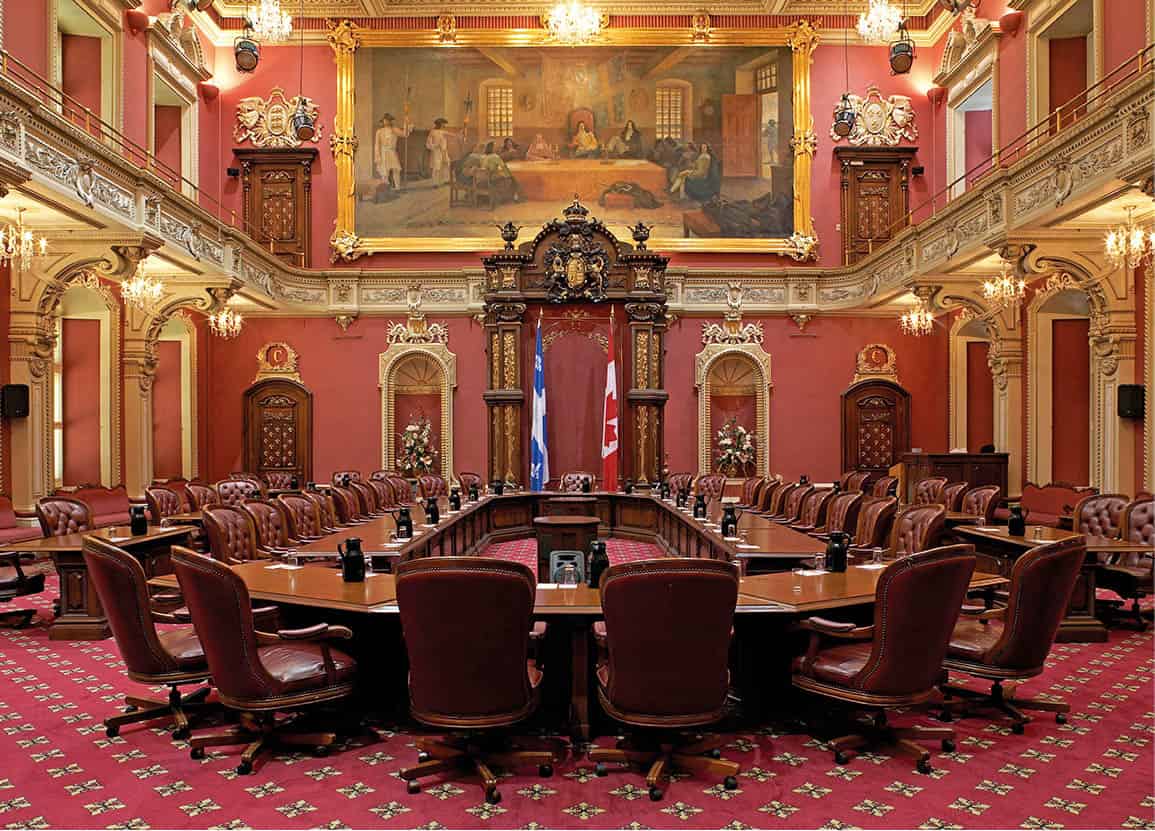
The Musée Canadien des Civilisations in Gatineau, Québec.
iStock
From the log cabins of the frontiersmen to the vibrant skyline of modern Toronto, Canada has an eclectic array of architectural styles. In the early days of colonization, settlers simply built replicas of their home-country buildings. The French, for instance, erected the simple stone houses they had been familiar with in Normandy, while the Ukrainians constructed onion-domed churches across Manitoba.
Architects – sometimes military engineers – drew on their own design heritage and by the late 19th century a form of building etiquette had evolved: parliament buildings and churches tended to be designed in the Gothic style, banks and train stations were Classical, legislative buildings looked to the Renaissance, the French chateau style was reserved for hotels, while houses, particularly in the Atlantic provinces, drew on English Georgian influences.
Futuristic design
As the 20th century progressed, Canadian design began to take on its own distinct identity. Montréal’s Expo ’67, with Moshe Safdie’s “Habitat” of stacked dwellings, and the 1976 Montréal Olympics, characterized by Roger Taillibert’s circular stadium, attracted international recognition.
Since then the country hasn’t been afraid to commission buildings on a large scale, and a number of influential architects have emerged, including Moshe Safdie (National Gallery of Canada, Ottawa), Douglas Cardinal (Musée Canadien des Civilisations, Gatineau, Québec), Patricia and John Patkau (Canadian Clay and Glass Gallery, Kitchener, Ontario), while in the Maritime provinces Brian MacKay-Lyons is making an impact with his designs for urban living.
Style Maker of the Museums
